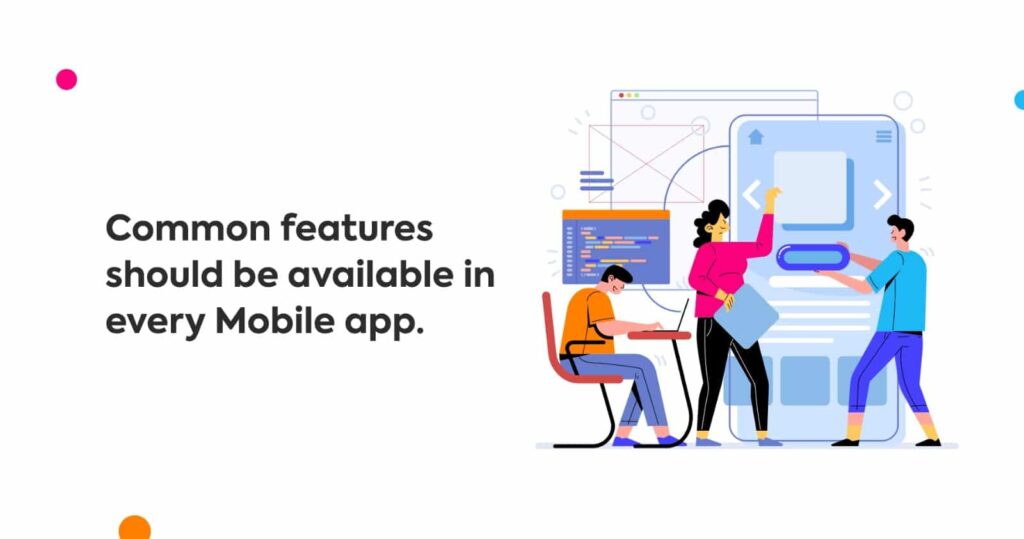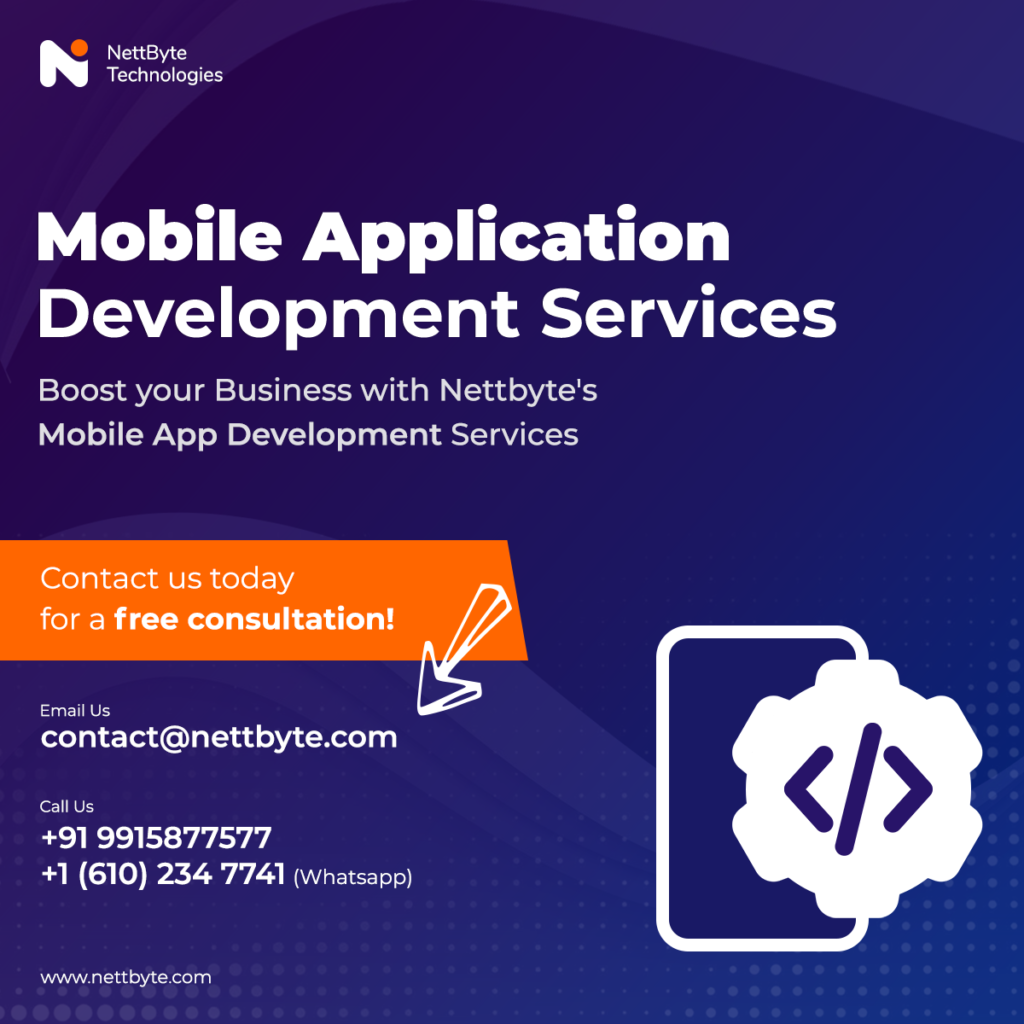Mobile apps have become an integral part of our daily lives, and we use them for everything from ordering food to booking flights, managing our finances, and staying connected with friends and family. However, not all mobile apps are created equal, and some are more user-friendly than others. In this blog post, we will discuss the common features that every mobile app should have to ensure a smooth user experience.
In this article, we’ll be looking at the top four third-party services you can’t afford to ignore for your website.
Splash Screen
A splash screen is a simple screen that appears when you open an app, and it serves as an introduction to the app. A good splash screen should be visually appealing and give users an idea of what the app is all about. It can also display the app’s logo or brand name. The main purpose of a splash screen is to provide users with a seamless transition from the home screen to the app’s interface.
Loaders
Loaders are small animations that appear when an app is loading data or performing a task. They help to keep users engaged and informed about what is happening in the app. A good loader should be simple and easy to understand. It should also be visually appealing and match the app’s overall design.
Mobile App Development
Menu
A menu is a collection of options or features that are available in an app. It provides users with quick access to various parts of the app and helps to improve navigation. A good menu should be easy to access, and the options should be well-organized and easy to understand. It should also be customizable, allowing users to add or remove options based on their preferences.
There are certain features that are considered essential in almost every mobile app.
Some of the most common features that should be available in every mobile app include:
Push notifications: The app should be able to send notifications to users to inform them about new updates, messages, or other important events.
Search functionality: Users should be able to search for specific content within the app, such as products, services, or other information.
In-app purchases: If the app offers any premium features or services, users should be able to purchase them directly within the app.
Social media integration: The app should allow users to share their activity or content on social media platforms such as Facebook, Twitter, or Instagram.
Feedback and support: Users should be able to provide feedback about the app or contact the app’s support team if they have any issues or questions.
Privacy and security: The app should have proper measures in place to protect user data and privacy, including data encryption and secure login methods.
Offline access: Users should be able to access the app’s content and functionality even when they are offline, without an active internet connection.
Analytics/Crashlytics: The app should collect and analyze user data to improve the user experience and identify areas for improvement.
In conclusion, these are the essential features that every mobile app should have to provide a seamless user experience. A good splash screen, loader, menu, and UI/UX can make a significant difference in how users perceive an app. Developers should strive to implement these features in their apps to ensure they stand out in a crowded market and keep users engaged.







